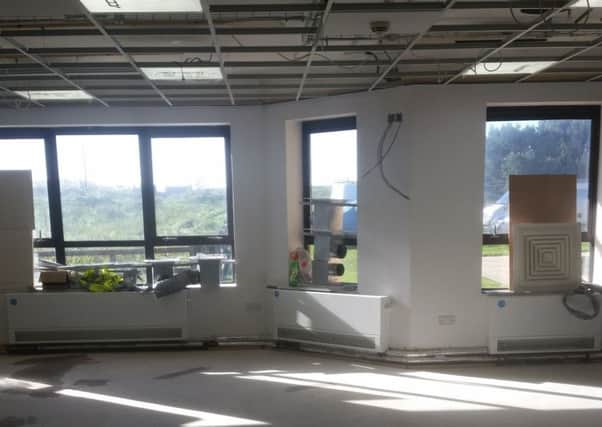This is how many more hospital beds health bosses say we need on the Fylde coast to cope with winter


There were 896 beds at Blackpool Victoria Hospital and Clifton Hospital in St Annes last year – 165 fewer than a decade ago when the likes of Rossall, Wesham, and Bispham hospitals were open.
Professor Mark O’Donnell, the medical director at Blackpool Teaching Hospitals NHS Foundation Trust, which runs the hospitals, said “a further 40 beds to manage winter pressures” were needed, documents showed.
Advertisement
Hide AdAdvertisement
Hide AdBerenice Groves, an executive director heading up the local NHS plan for winter, said bosses were “planning to increase the hospital beds available both in the acute and community including an extra 19 beds at Clifton Hospital.”
A lack of beds can have a severe impact on A&E – where patients can be left waiting, in some cases in corridors, for one to become available.
Last winter, the Vic was shamed as the worst in England for the amount of people left waiting in casualty for more than four hours, with just 40.1 per cent seen within that time in December. The national average was 77.3 per cent, and no other trust was below 57.
While many blamed the government for under funding the health service, many questioned why our trust was significantly worse than any other.
Advertisement
Hide AdAdvertisement
Hide AdEarlier this year, six ‘discharge facilitators’ were brought in to help free up beds occupied by patients ready to go home but unable to because they are waiting for equipment or care plans.
Ms Groves added: “At the hospital we know that one of the key problems is the number of people coming to the emergency department which is made worse by delays in discharging people from hospital and how this affects the flow of patients through the system.”